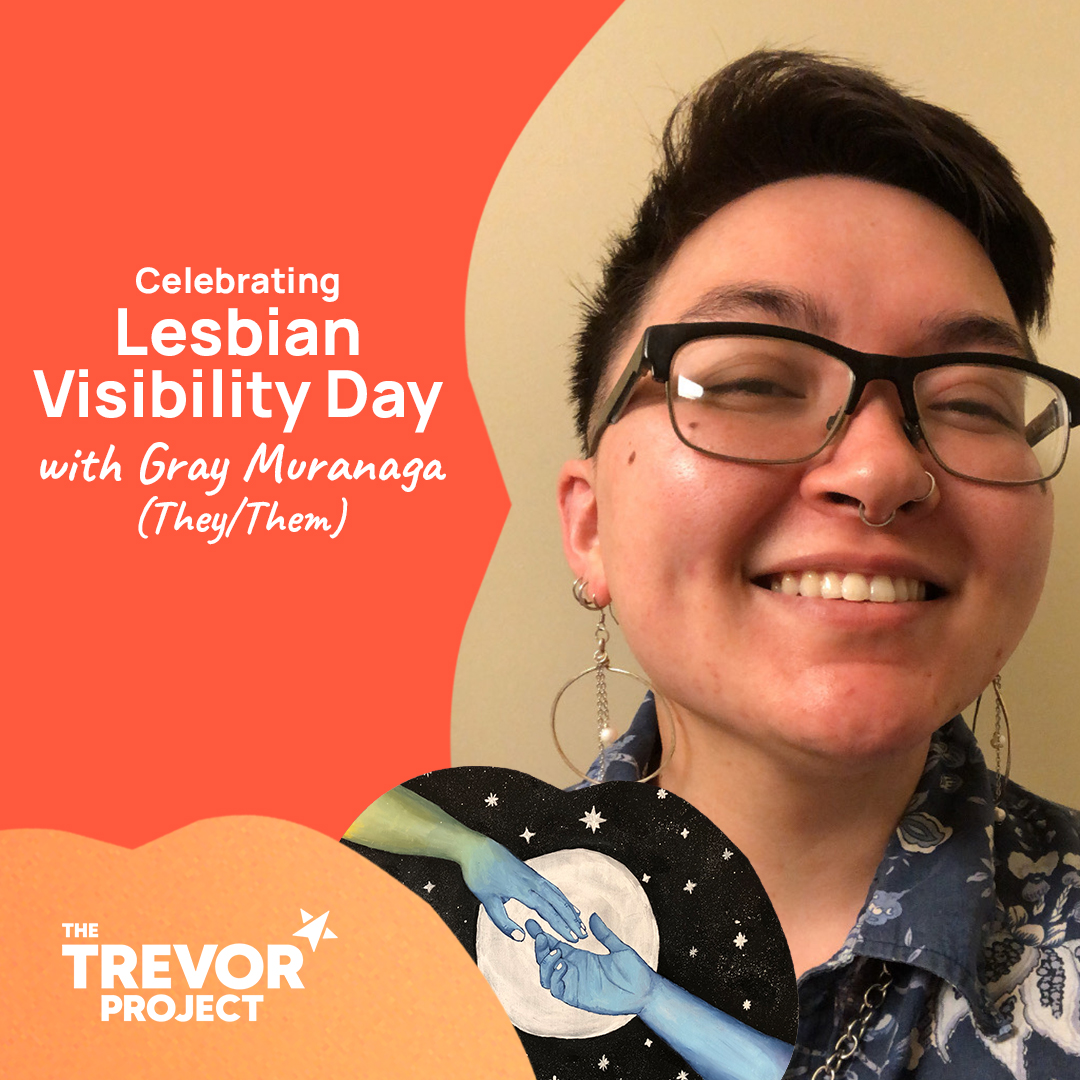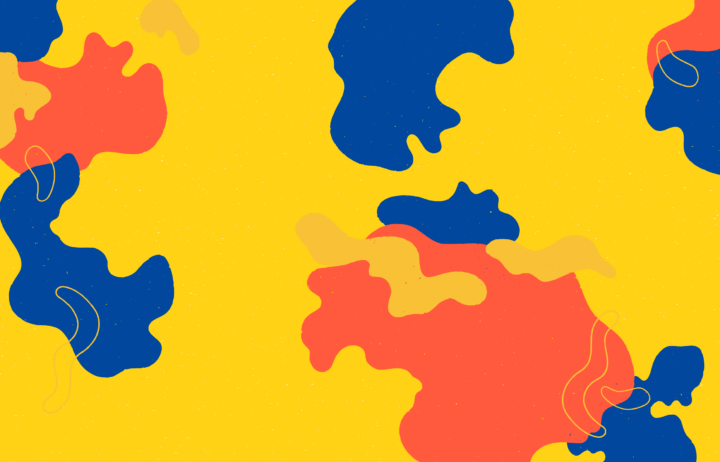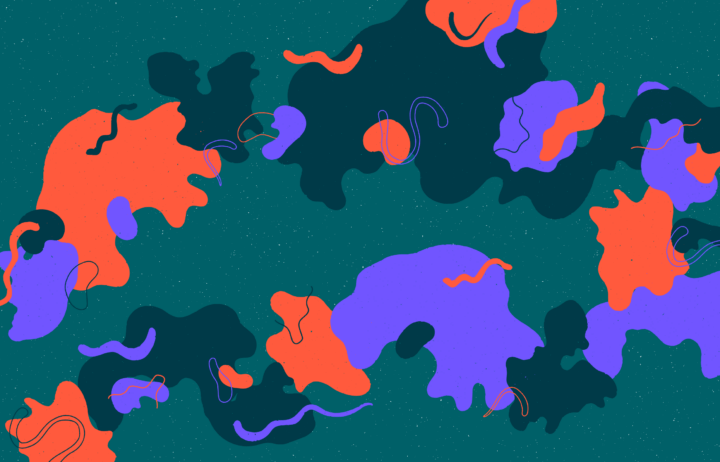Lesbian Visibility Day, celebrated annually on April 26 since its inception in 2008, is an opportunity to recognize and celebrate the incredible contributions and vibrancy of the lesbian community within the larger LGBTQ community. At The Trevor Project, we love our lesbian community, and want every young lesbian individual to know that this is a safe place for them.
This year, The Trevor Project is amplifying the work of Gray Muranaga (they/them), Training Coordinator at The Trevor Project and visual artist. Gray shared some insights into their art practice, the intersections of their identities, and what lesbian visibility means to them.
What does lesbian visibility mean to you?
To me, it means representation of lesbians from all walks of life. Trans lesbians, disabled lesbians, neurodivergent lesbians, lesbians of color, asexual lesbians, aromantic lesbians, kinky lesbians, and more! When I was younger, I didn’t feel like I had the “right” to claim lesbian as a label for myself. It took getting older and meeting other butch, genderqueer lesbians for me to be like, “If they can identify as a lesbian, that means I can too!” I just hope to be that representation for other people who might be questioning.
How do your identities (lesbian or otherwise) intersect with your art practice?
It intersects pretty intimately! Two of the art pieces I’m sharing with you all are actually inspired by my most recent break-up. My ex and I were both neurodivergent lesbians in some of the most compatible (and incompatible) ways, which led to the two most emotional pieces I’ve done yet. Also, part of my neurodivergence includes aphantasia, which means I cannot see anything in my mind’s eye. As you can imagine (unlike me), that leads to a lot of difficulty when it comes to painting. I always figure out a way to get my creativity out nonetheless.
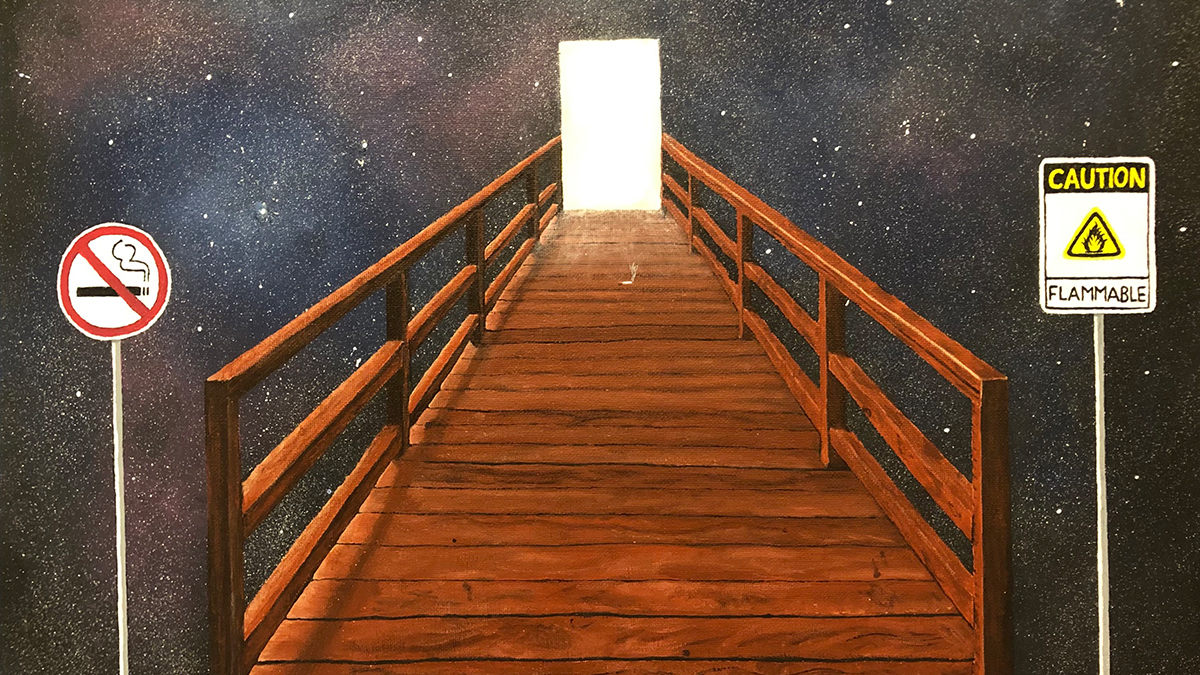
Are there any lesbian or queer artists that inspire you?
So many! Most of them are my friends. It makes me so happy and excited to see my friends post about new projects they’re working on, or projects that they’ve just completed! Knowing that these are people I know and love reminds me that I can make incredible art too.
Can you talk about a lesbian in your life or in history whom you look up to?
The first person that came to mind was my friend Ellie. They were one of the first people in my life that made me feel fully affirmed in identifying as a lesbian, simply because they are so confident in their lesbian identity. They are also one of the most emotionally intelligent people I’ve met, and they inspire me everyday to not only feel and respect my own emotions, but also to surround myself with people who will respect my emotions and boundaries.
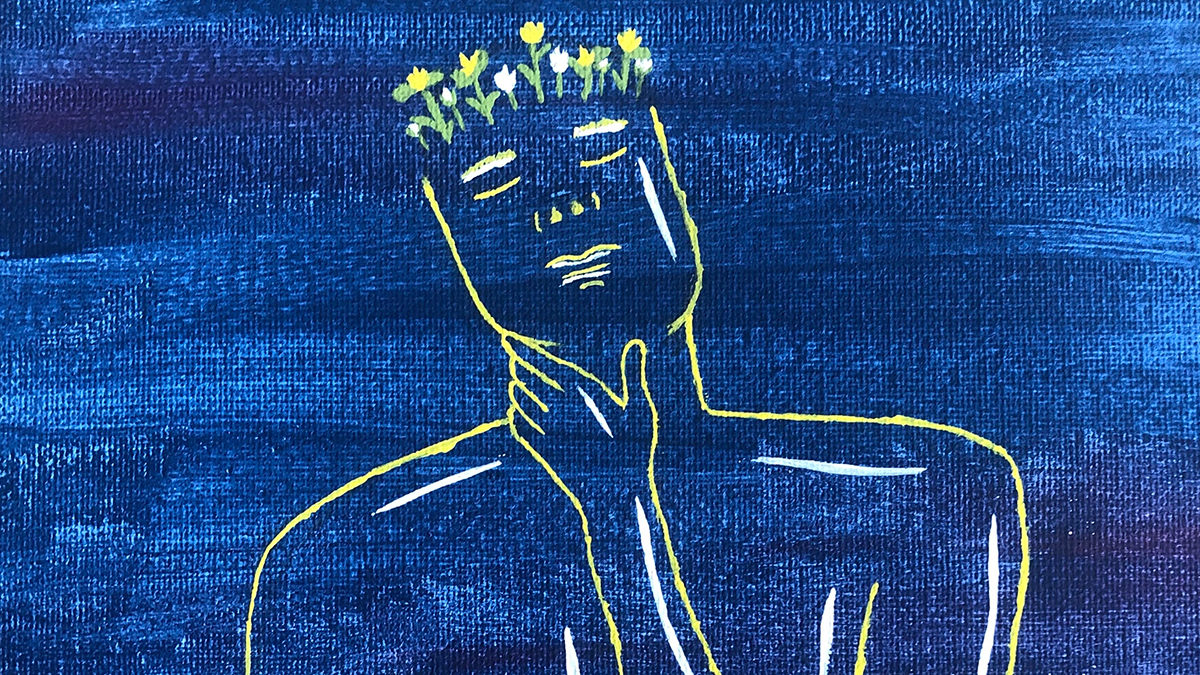
What does allyship to the lesbian community look like to you?
To me, it looks like being an ally to the most marginalized lesbians first. It looks like taking a step back to let lesbians speak on their experience, rather than speaking over them. It looks like supporting those coming into their lesbian identity, or supporting those who are coming out of their lesbian identity into a new one! It looks like validating trans and non-binary lesbians against a society that says a lesbian is a cis woman who only loves cis women. It looks like letting lesbians just… be.
Sue Cardenas-Soto is a Copywriter at The Trevor Project, the world’s largest suicide prevention and mental health organization for lesbian, gay, bisexual, transgender, queer & questioning (LGBTQ) young people. If you or someone you know is feeling hopeless or suicidal, our trained crisis counselors are available 24/7 at 1-866-488-7386 via chat www.TheTrevorProject.org/Get-Help, or by texting START to 678-678.
